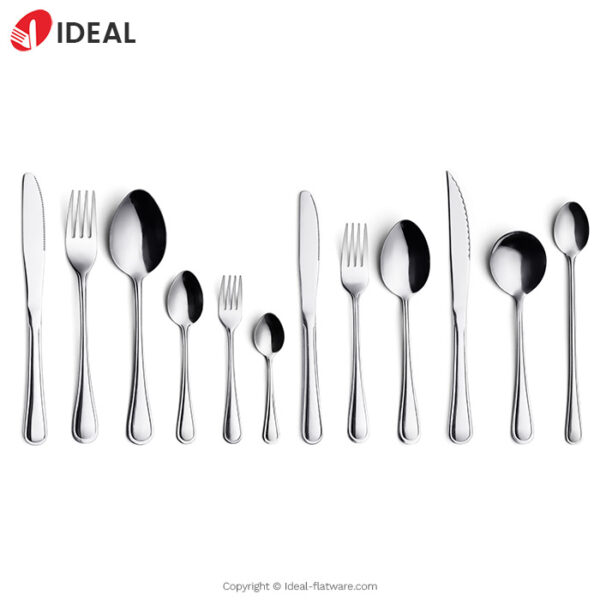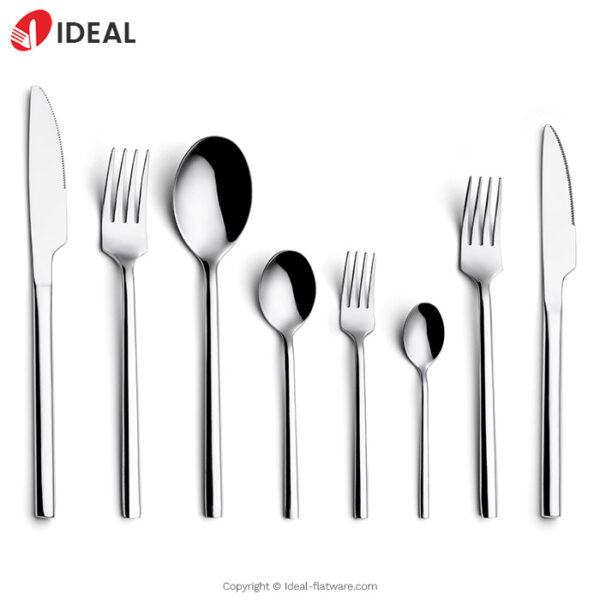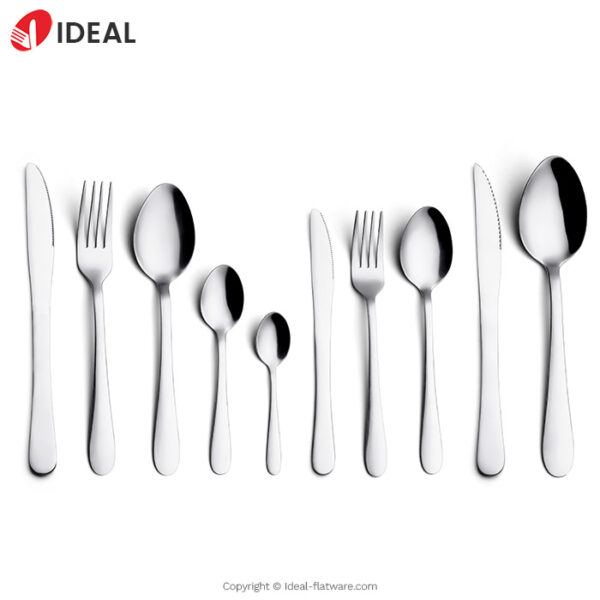Stainless steel is a common material selection for applications involving the clean handling of food. In addition to withstanding harsh temperatures that would melt plastic, food-grade stainless steel has a protective oxide coating that helps prevent the growth of rust that can contaminate food.
However, there are a few things you should be aware of before using food-grade stainless steel into your production process, just as there are with any material.
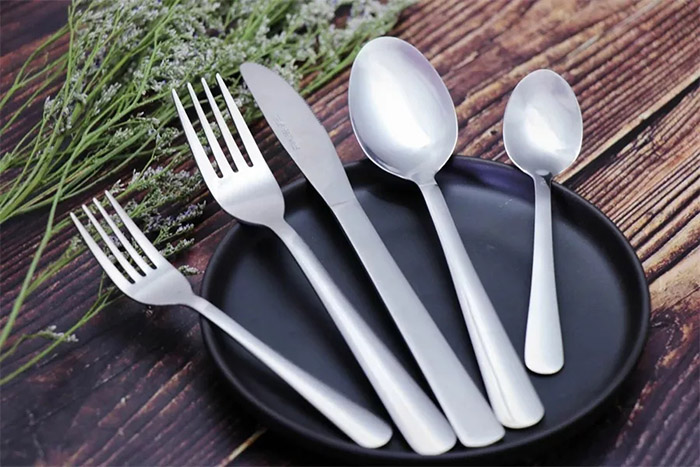
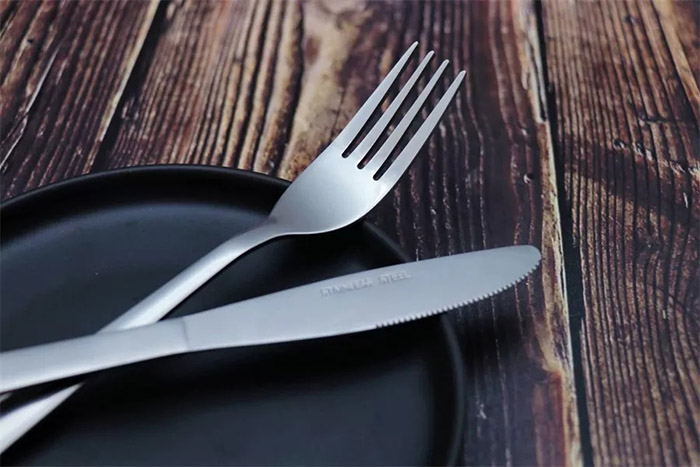
1: The Steel’s Finish May have an Impact on Whether it is Suitable for Food Processing
The ability of stainless steel to resist corrosion is well known, but just because the steel’s surface seems smooth and bright doesn’t guarantee that it is food-grade.
To meet key sanitary standards, the steel finish MUST be free of any surfaces that could support bacterial growth while also being simple to clean/sanitize.
Electropolishing is preferred over manually grinding down surfaces in this case. This is because electropolishing removes the surface layer of steel to reveal a microscopically smooth substrate.
This not only strengthens the oxide layer in stainless steel, but it also removes microscopic flaws in the surface that could harbour bacteria.
2: NEVER CLEAN Stainless Steel with a Regular Steel Brush
Steel wire brushes are a popular tool for removing deeply embedded stains from metal surfaces. Such brushes, however, should NEVER be used to clean a stainless steel object.
Particles from the plain steel in the brush could become embedded in the surface of the stainless steel, jeopardising the integrity of the protective oxide layer. This allows “stainless” steel to rust like regular steel over time.
Furthermore, you should avoid using the same tools to clean both stainless and ordinary steels. Particles picked up from the plain steel could transfer to the stainless steel.
3: Not All Food-Grade Stainless Steel Alloys Are Created Equal
Just because a steel alloy is marketed as “food grade” doesn’t mean it’s the right material for your manufacturing process.
There are numerous stainless steel alloys on the market, each with its own set of strengths and weaknesses when it comes to resistance to specific chemicals and manufacturing environments.
Salt, for example, is notorious for being extremely corrosive to metal compounds. While grade 304 stainless steel is resistant to most corrosives, prolonged salt exposure can corrode it. As a result, grade 304 stainless steel would be unsuitable for any process that required repeated, prolonged exposure to salt or saltwater.
Grade 316 stainless, on the other hand, is much more salt resistant than grade 304. As a result, grade 316 stainless steel is preferred by food manufacturers who use salt or saltwater in their products.
4: Food-Grade Stainless Steel MAY BE AFFECTED BY EXTREME TEMPERATURES
Most stainless steels have a melting point that is well above the temperature ranges used in any food manufacturing process. When selecting a food-grade stainless steel, it is still important to be mindful of temperature extremes in your manufacturing process (and any potential coatings for it).
Most stainless steel formulations, for example, perform well at temperatures ranging from the freezing point of water to oven-like temperatures in excess of 500ºF. However, true cryogenic conditions below -49ºF can cause many stainless steel alloys to become brittle, according to Gasparini Industries. When exposed to sudden extreme temperature changes, this, combined with crystalline expansion as metals heat up, can cause these metals to warp or break.
Among stainless steels, martensitic stainless steels are the most resistant to extremely low temperatures. This is due to the fact that martensitic stainless steel’s structure is less prone to becoming brittle when exposed to low temperatures.
When employing a food-grade stainless steel alloy at high temperatures, it’s also vital to consider the possibility of oxidation. Because of its capacity to resist oxidation at temperatures as high as 1,697ºF, grade 304 stainless steel is frequently used in such applications. This is far above the capacity of almost any food processing technique (outside of sterilising baskets between uses).
5: Welding Has the Potential to Change the Properties of Stainless Steel Alloys
Heat stress generated during various welding procedures (as well as the use of incompatible filler materials) can peel the protective oxide layer that provides food-grade stainless steel alloys with corrosion resistance. As a result, metal forms that have been poorly welded may begin to corrode quicker than they should.
As a result, Marlin’s engineers employ a resistance welding procedure that is carried out using a high-precision medium frequency direct current (MFDC) equipment. The danger of modifying the protective oxide layer of the steel being welded is reduced since the machine can precisely perform welds without the use of extra heat or filler material.
Knowing the advantages and disadvantages of stainless steel before incorporating it into your food manufacturing process is crucial for guaranteeing safety, cleanliness, and efficiency.


